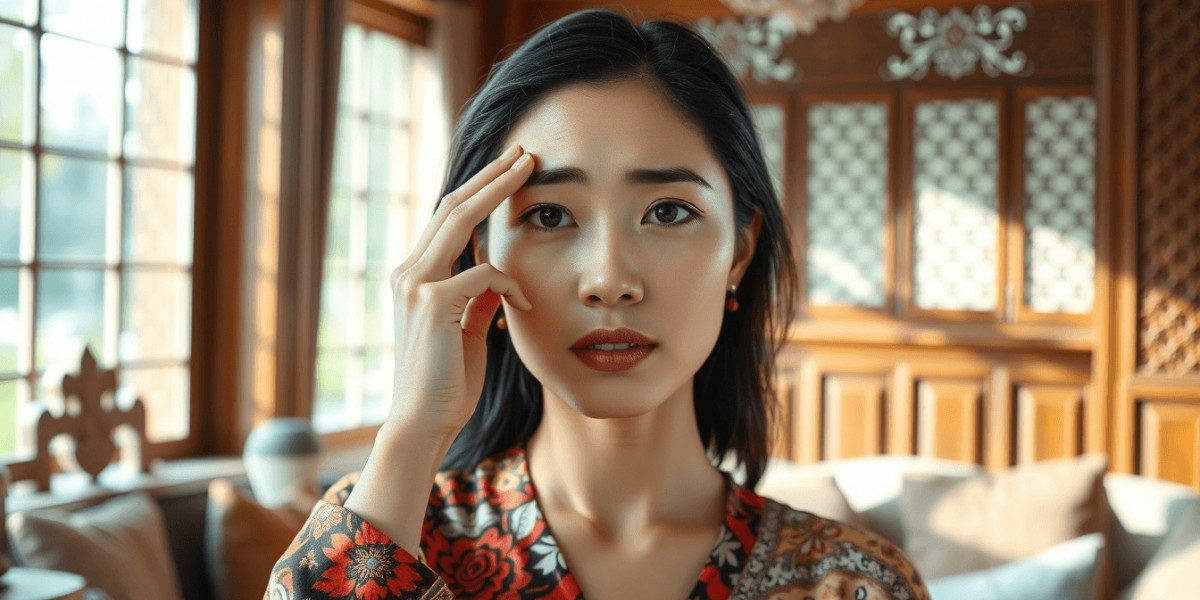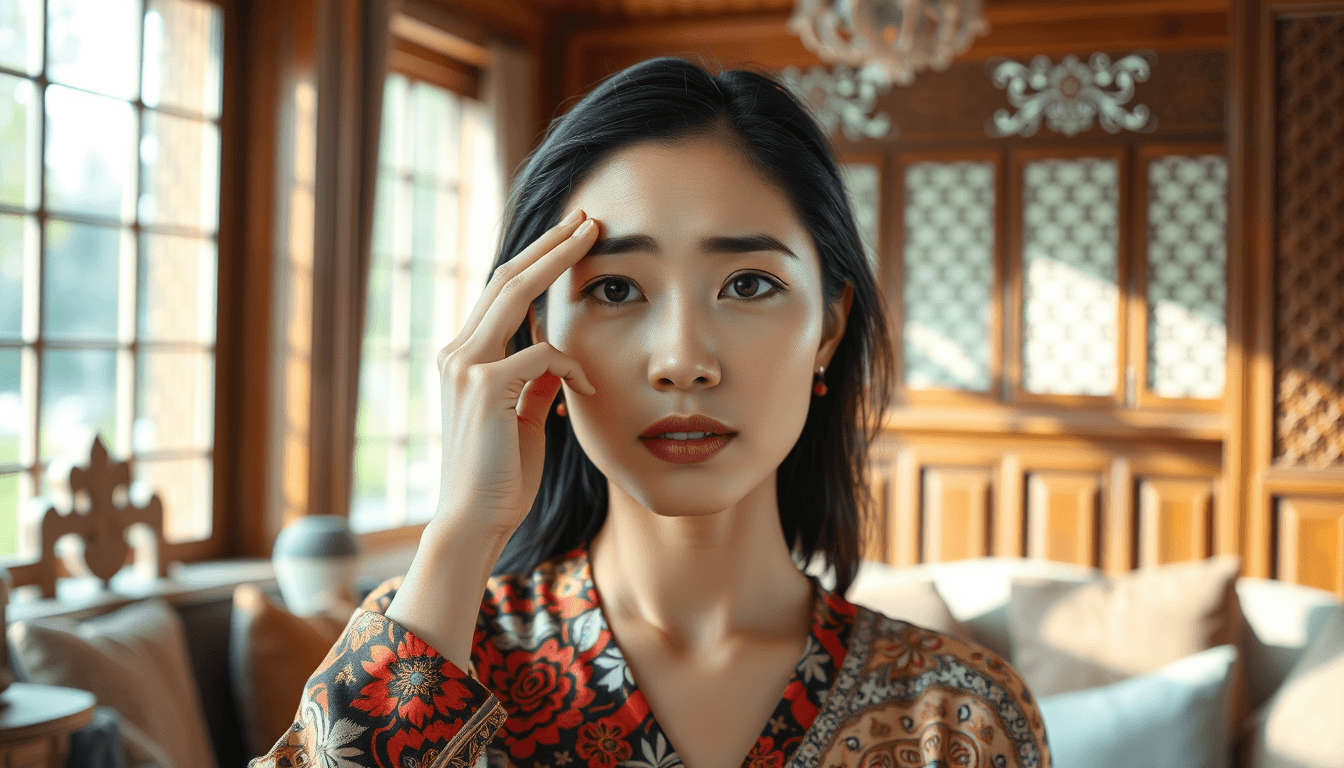
Twitching of the Upper Right Eyebrow: Meaning and Scientific Explanation
1. Understanding Twitching of the Upper Right Eyebrow
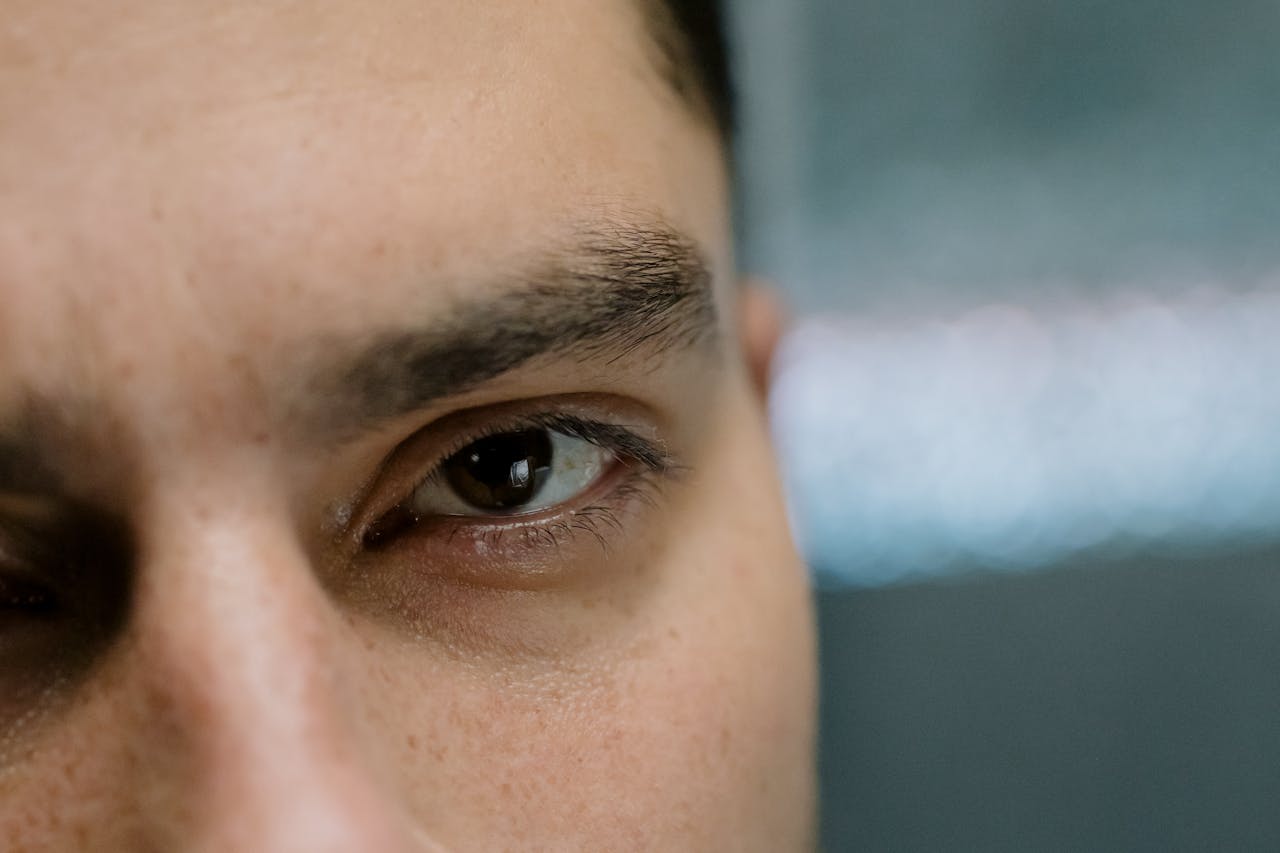
eyebrow (credit: pexels.com)
The upper right eyebrow twitch is a phenomenon often experienced by many people. Medically, this twitch is known as myokymia or fasciculation, which is a spontaneous and uncontrolled muscle contraction occurring in the upper right eyebrow area. It usually lasts for a short time but can sometimes continue for several minutes or even hours.
Although it may seem trivial, the upper right eyebrow twitch has its own meaning in Javanese primbon. Primbon, as a collection of traditional knowledge, interprets various events in daily life, including twitches in various parts of the body. However, it is important to remember that primbon interpretations are part of cultural beliefs and do not have a scientific basis.
From a medical perspective, the upper right eyebrow twitch is generally harmless and is a normal body reaction. However, if it persists for a long time or is accompanied by other symptoms, it could indicate a health problem that needs further examination.
2. Meaning of Twitching of the Upper Right Eyebrow According to Javanese Primbon
In Javanese primbon, twitching of the upper right eyebrow is believed to have several meanings, including:
- A sign of upcoming luck or unexpected fortune
- Receiving good news or pleasant information
- A sign of a meeting with someone influential or important
- A warning to be more careful in making decisions
- A sign of recovery from an illness or improvement in health
Some versions of primbon also mention that twitching of the upper right eyebrow can be a sign of:
- Meeting a soulmate or life partner
- Success in work or business
- Receiving an award or recognition for achievements
- A warning of challenges that must be faced
- A sign of coming inspiration or brilliant ideas
It is important to remember that these interpretations come from traditional beliefs and do not have a scientific basis. Everyone is free to believe or not believe in these interpretations. The most important thing is to approach the phenomenon of twitching wisely and not to be overly fixated on primbon interpretations.
3. Medical Causes of Upper Right Eyebrow Twitching
From a medical perspective, twitching in the upper right eyebrow can be caused by various factors, including:
- Fatigue: Lack of sleep or excessive fatigue can trigger twitching in the facial muscles, including the eyebrow area.
- Stress: High stress levels are often a primary cause of twitching in various parts of the body, including the eyebrows.
- Excessive Caffeine: Excessive caffeine consumption can stimulate the nervous system and cause muscle twitching.
- Dehydration: Lack of fluid intake can affect muscle and nerve function, which can lead to twitching.
- Nutritional Deficiencies: Deficiencies in certain vitamins and minerals, such as magnesium or vitamin B12, can cause muscle twitching.
- Use of Certain Medications: Some types of medication can trigger twitching as a side effect.
- Neurological Disorders: In rare cases, twitching can be a symptom of neurological disorders such as Tourette syndrome or Parkinson's disease.
- Eye Irritation: Overuse of the eyes or irritation in the eyes can cause twitching around the eye and eyebrow area.
- Muscle Tension: Poor posture or muscle tension in the neck and shoulder area can affect the facial muscles.
- Allergies: Allergic reactions can cause irritation and twitching around the eye and eyebrow area.
In most cases, twitching in the upper right eyebrow is not an indication of a serious medical condition. However, if the twitching persists for a long time or is accompanied by other disturbing symptoms, it is advisable to consult a doctor for further examination.
4. How to Address Upper Right Eyebrow Twitching
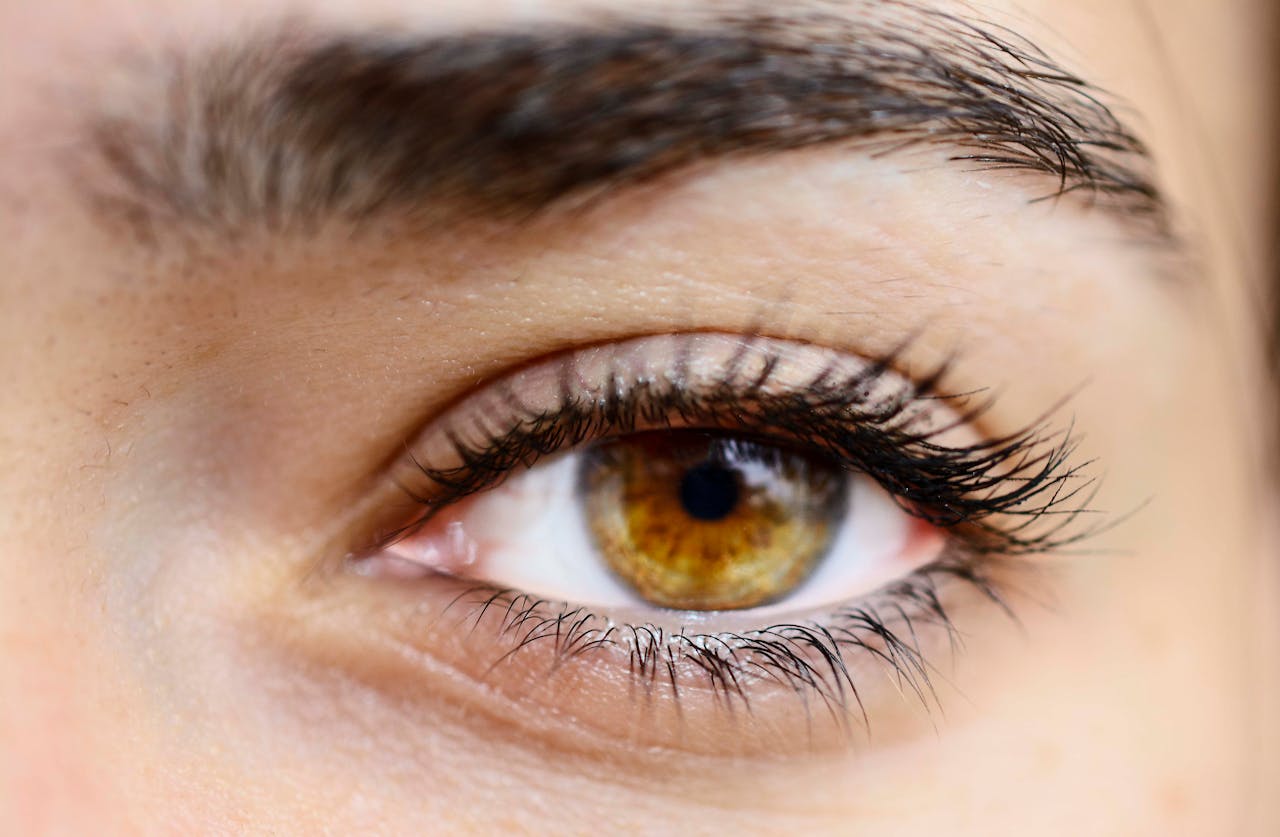
eyebrow (credit: pexels.com)
Here are some ways to address or reduce twitching in the upper right eyebrow:
- Get Enough Rest: Make sure you get enough quality sleep each night. Sleeping 7-9 hours a day can help reduce fatigue and stress, which are often triggers for twitching.
- Manage Stress: Practice stress management techniques such as meditation, yoga, or light exercise. Deep breathing exercises and progressive relaxation can also help relieve muscle tension.
- Reduce Caffeine: Limit your intake of coffee, tea, and other caffeinated beverages, especially before bedtime. Try replacing them with herbal drinks or plain water.
- Stay Hydrated: Drink enough water throughout the day to keep your body hydrated. Dehydration can affect muscle and nerve function.
- Improve Your Diet: Consume foods rich in magnesium, calcium, and B vitamins. Foods like green vegetables, nuts, and fish can help maintain nerve and muscle health.
- Warm Compress: Apply a warm compress to the area experiencing twitching to help relieve muscle tension. Use a warm towel or a heated rice bag.
- Gentle Massage: Perform light massage on the eyebrow area and surrounding areas to relax the muscles around it. Use your fingers or a special facial massage tool with gentle circular motions.
- Rest Your Eyes: If you spend a lot of time in front of a screen, apply the 20-20-20 rule. Every 20 minutes, look at an object 20 feet away for 20 seconds to reduce eye strain.
- Eye Exercises: Perform light movements to stretch the eye muscles. For example, slowly roll your eyes or alternate focusing on near and far objects.
- Check Your Vision: Ensure that your glasses or contact lens prescription is still appropriate. Uncorrected vision problems can lead to strain on the eye muscles.
If the twitching persists or disrupts your daily activities, do not hesitate to consult a healthcare professional. A doctor can conduct further examinations to determine the cause and provide appropriate treatment.
5. Myths and Facts About Eyebrow Twitching
Many myths circulate in society regarding eyebrow twitching. Let’s differentiate between myths and facts:
Myths:
- Eyebrow twitching always indicates that good luck is coming.
- Right eyebrow twitching has a different meaning than left eyebrow twitching.
- Only certain people experience eyebrow twitching.
- Eyebrow twitching can be cured with specific mantras or rituals.
- The longer the twitching lasts, the greater the luck that will come.
Facts:
- Eyebrow twitching is a normal phenomenon that anyone can experience.
- The main causes of eyebrow twitching are usually physiological, not mystical.
- Prolonged twitching can indicate health issues that need to be checked.
- Stress and fatigue are common triggers for eyebrow twitching.
- Eyebrow twitching is generally not harmful and will resolve on its own.
It is important to understand that although traditional beliefs and interpretations have their own cultural significance, a medical approach is still necessary to understand and effectively address eyebrow twitching.
6. When Should You Consult a Doctor?
Although most cases of eyebrow twitching are harmless, there are some situations where you should consider consulting a doctor:
- The twitching lasts for more than a few weeks without stopping.
- The twitching is accompanied by other symptoms such as headaches, dizziness, or vision disturbances.
- The twitching spreads to other parts of the face or body.
- The twitching interferes with your daily activities or quality of life.
- You experience weakness or paralysis in the facial muscles.
- The twitching is accompanied by changes in the shape or size of the pupil.
- You have a history of neurological disorders or autoimmune diseases.
- The twitching appears after a head or facial injury.
- You have recently started a new medication and are experiencing twitching as a side effect.
- The twitching is accompanied by unexplained weight changes or other systemic symptoms.
The doctor may perform a physical examination and may recommend additional tests if necessary to determine the cause and appropriate treatment. Some tests that may be conducted include:
- Neurological examination to assess nerve and muscle function
- Blood tests to check electrolyte and nutrient levels
- Eye examination to detect vision problems
- Brain imaging such as an MRI if neurological issues are suspected
- Electromyography (EMG) to assess muscle electrical activity
Remember that persistent or disruptive eyebrow twitching is not something you should ignore. Consulting with a healthcare professional can help identify the cause and provide the right solutions.
7. The Relationship Between Eyebrow Twitches and Psychological Conditions
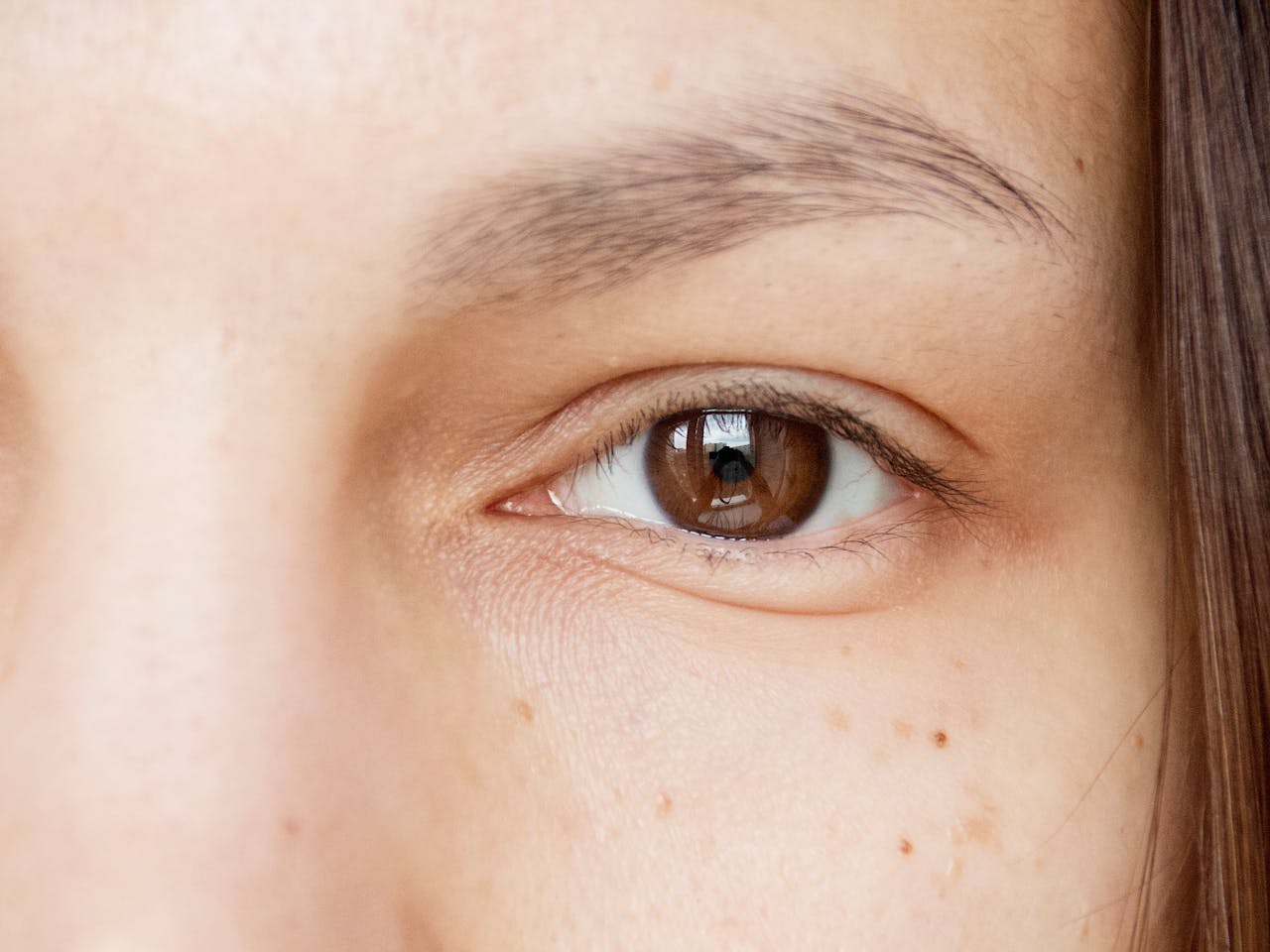
eyebrows (credit: pexels.com)
Brow twitching, including the upper right eyebrow, often has a close connection to a person's psychological condition. Some psychological aspects that can influence or be influenced by brow twitching include:
- Stress and Anxiety: High levels of stress and anxiety can trigger twitching in various parts of the body, including the eyebrows. Conversely, persistent twitching can also increase feelings of anxiety.
- Sleep Disorders: Sleep issues such as insomnia or irregular sleep schedules can lead to twitching and also impact mental health.
- Mental Fatigue: Excessive workloads or ongoing mental pressure can contribute to the occurrence of brow twitching.
- Over-Focusing: Being too focused on a task or problem for an extended period can cause tension in the facial muscles, including the eyebrow area.
- Placebo Effect: Belief in the mystical significance of brow twitching can influence a person's psychological condition, both positively and negatively.
- Mood Disorders: Conditions like depression or bipolar disorder can affect nerve and muscle function, which can lead to twitching.
- Social Anxiety: People with social anxiety may be more sensitive to sensations on their face, including brow twitching.
- Perfectionism: Perfectionist traits can lead to chronic muscle tension, including in the facial and eyebrow areas.
- Psychological Trauma: Traumatic experiences can result in various physical symptoms, including muscle twitching.
- Obsessive-Compulsive Disorder (OCD): People with OCD may become overly focused on bodily sensations like twitching, which can exacerbate symptoms.
Understanding the relationship between brow twitching and psychological conditions can help in managing symptoms and improving overall mental well-being. Some strategies that may help include:
- Mindfulness and meditation practices to reduce stress
- Cognitive Behavioral Therapy (CBT) to manage anxiety and negative thought patterns
- Progressive relaxation techniques to reduce muscle tension
- Maintaining a healthy work-life balance
- Consulting with a psychologist or therapist if brow twitching causes significant psychological distress
It is important to remember that mental and physical health are interconnected. Addressing underlying psychological issues can help reduce physical symptoms like brow twitching, and conversely, effectively managing physical symptoms can positively impact mental health.
8. The Influence of Culture on Eyebrow Twitch Interpretation
The interpretation of eyebrow twitches, including the upper right eyebrow, is greatly influenced by a person's cultural background. Some examples of differing interpretations across cultures include:
- Javanese Culture: As discussed, Javanese primbon has specific interpretations for the twitching of the upper right eyebrow, often associated with good luck or a warning.
- Chinese Culture: In traditional Chinese belief, a twitch in the right eyebrow can be seen as a sign of incoming luck or good opportunities. However, the interpretation can vary depending on the timing of the twitch.
- Modern Western Culture: Tends to view eyebrow twitches from a medical and scientific perspective, without giving it mystical significance. The focus is more on physiological causes and how to address them.
- Some African Cultures: Twitches in certain body parts are considered messages from ancestors or spiritual signs. Interpretations can vary among tribes and regions.
- Indian Culture: In some Indian traditions, eyebrow twitches are associated with chakra energy and spiritual balance. The interpretation can differ for men and women.
- Middle Eastern Culture: Some traditional beliefs associate eyebrow twitches with messages from the spirit world or omens of significant events.
- Malay Culture: Has interpretations similar to Javanese primbon, but with some local variations in meaning.
- Ancient European Culture: In some old European traditions, eyebrow twitches are linked to prophecies or omens of the arrival of guests.
- Latin American Culture: Some traditional beliefs associate eyebrow twitches with other people's feelings towards us or events that will happen soon.
- Japanese Culture: Although more modern, some traditional Japanese beliefs still link body twitches to specific meanings, though the interpretations tend to be lighter.
It is important to understand that these cultural interpretations lack scientific basis and should not be the primary reference in making important life decisions. However, understanding these cultural aspects can help us appreciate the diversity of perspectives and beliefs in various societies.
In a modern context, it is important to balance cultural understanding with medical knowledge. While we respect cultural traditions and beliefs, we also need to pay attention to scientific explanations and seek medical help if necessary. A holistic approach that considers cultural, psychological, and medical aspects can provide a more comprehensive understanding of phenomena such as eyebrow twitching.
9. Natural Ways to Maintain Facial Muscle Health
To reduce the risk of eyebrow twitching and maintain overall facial muscle health, here are some natural methods that can be practiced:
- Facial Exercises: Perform gentle movements to stretch and strengthen the facial muscles. For example, raise your eyebrows, frown, and smile widely for a few seconds, then relax. Repeat this regularly.
- Balanced Diet: Consume foods rich in B-complex vitamins, magnesium, and calcium to support muscle and nerve function. Green vegetables, legumes, and fish are good choices.
- Avoid Excessive Exposure: Protect your face from excessive sun exposure and air pollution. Use sunscreen and moisturizer to protect facial skin.
- Stress Management: Practice relaxation techniques such as meditation or deep breathing to reduce tension in the facial muscles. Facial yoga can also help relieve stress and improve circulation.
- Get Enough Sleep: Ensure you get quality sleep to aid in cell and muscle regeneration. Sleeping 7-9 hours a day can help reduce facial muscle fatigue.
- Hydration: Drink enough water to keep the body and skin hydrated. Dehydration can affect muscle function and skin elasticity.
- Facial Massage: Perform light massages on the face to improve circulation and relieve muscle tension. Use essential oils that are safe for facial skin.
- Warm Compress: Apply a warm compress to the facial area to help relax muscles and improve blood circulation.
- Limit Caffeine and Alcohol: Excessive consumption can affect sleep quality and increase muscle tension. Reduce intake, especially before bedtime.
- Regular Exercise: Regular physical activity can help reduce stress and improve blood circulation throughout the body, including the face.
By adopting these healthy habits, you can help maintain the health of your facial muscles and reduce the likelihood of bothersome wrinkles. Remember that consistency is key in caring for facial health naturally.
Additionally, it is important to pay attention to the skincare products used. Choose products that are suitable for your skin type and avoid ingredients that may cause irritation. If you have specific skin conditions, consult a dermatologist for appropriate care advice.
Finally, don't forget to smile! Besides being good for mental health, smiling is also a natural exercise for the facial muscles. With proper care and a healthy lifestyle, you can maintain the health and beauty of your face naturally.
10. Conclusion
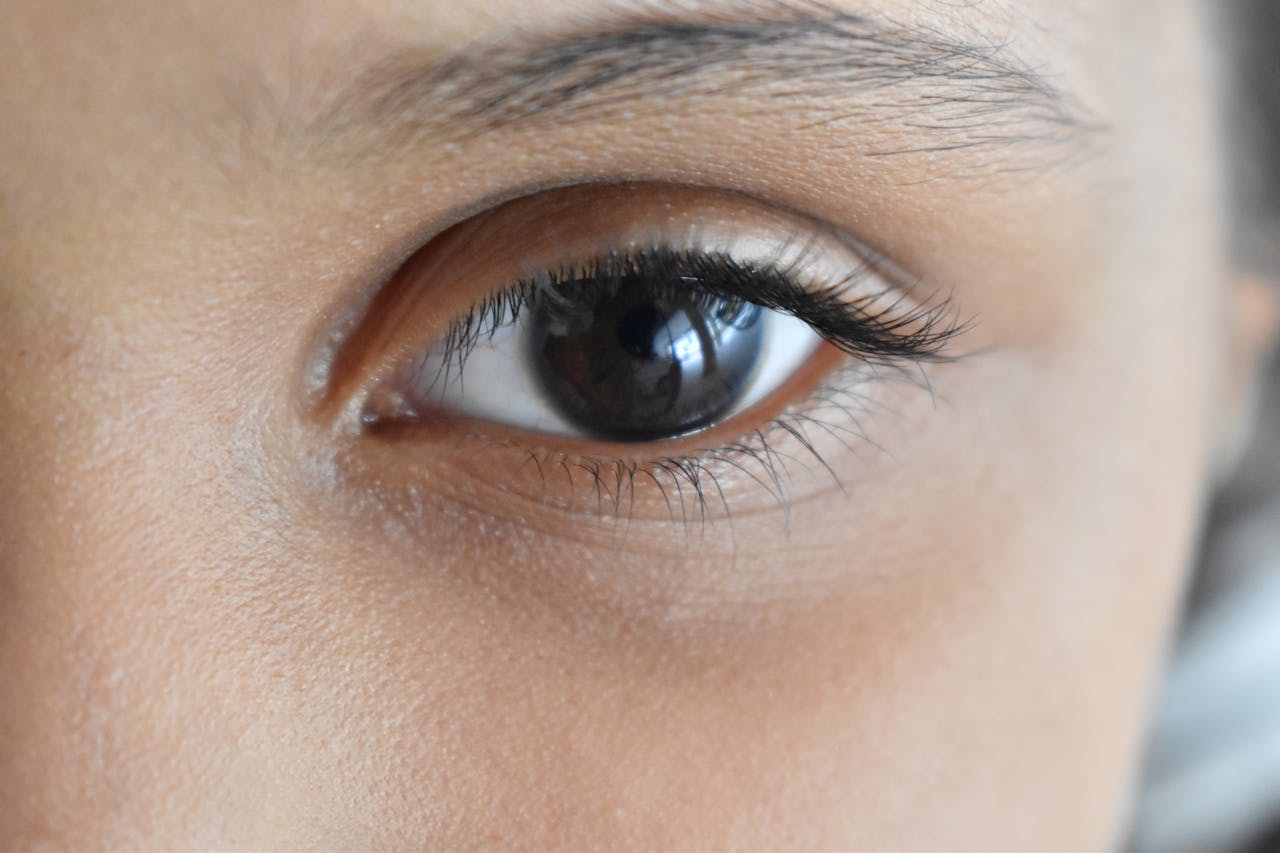
eyebrows (credit: pexels.com)
Twitching of the upper right eyebrow, although often considered a sign in Javanese primbon, is actually a natural phenomenon that can be explained medically. It is important to understand that the interpretations of primbon have no scientific basis and should not be the main reference in decision-making.
From a medical perspective, eyebrow twitching is generally caused by factors such as fatigue, stress, or nutritional imbalances. In most cases, this twitching is harmless and will go away on its own. However, if it persists for a long time or is accompanied by other symptoms, consulting a healthcare professional is a wise step.
Maintaining facial muscle health can be done through various natural methods, such as facial exercises, stress management, and healthy living. It is also important to understand the relationship between psychological conditions and eyebrow twitching, as well as how cultural interpretations can influence our perception of this phenomenon.
Ultimately, the balance between respecting cultural traditions and following a scientific approach is key in addressing phenomena like eyebrow twitching. With a comprehensive understanding, we can live more comfortably and productively, without being overly burdened by mystical interpretations or unnecessary anxiety.
Remember that each individual is unique and experiences of twitching can vary. What matters most is to maintain overall physical and mental health, and not hesitate to seek professional help if needed. With a balanced and holistic approach, we can wisely interpret the phenomenon of twitching in the upper right eyebrow while still maintaining our health and well-being.
(kpl/dhm)
Disclaimer: This translation from Bahasa Indonesia to English has been generated by Artificial Intelligence.
